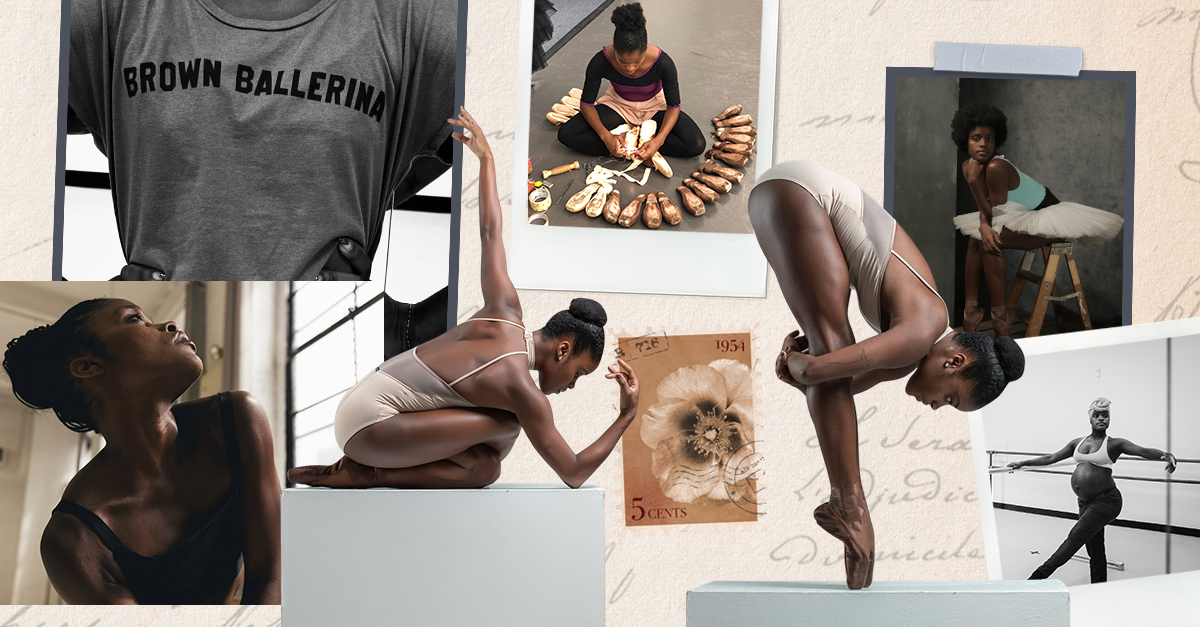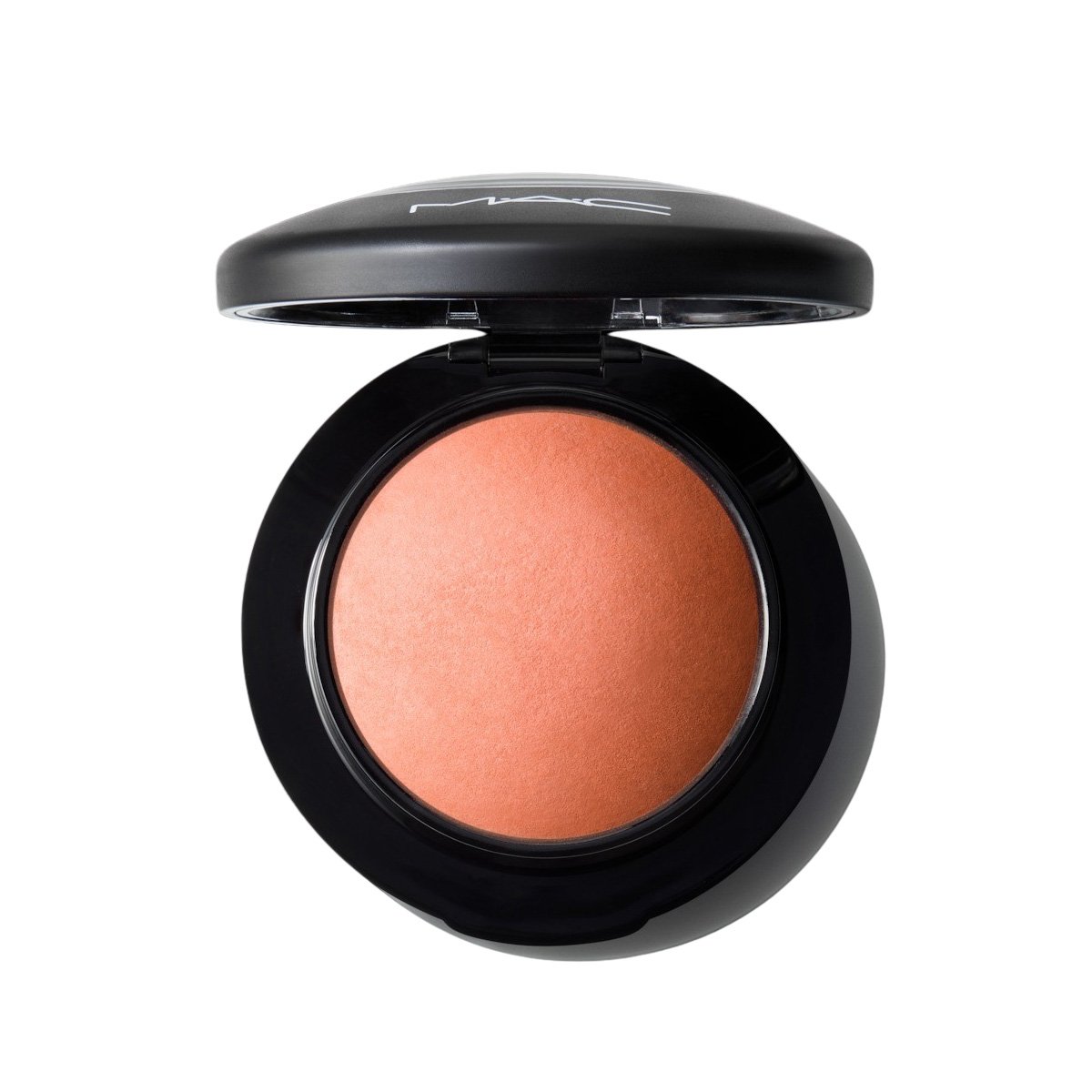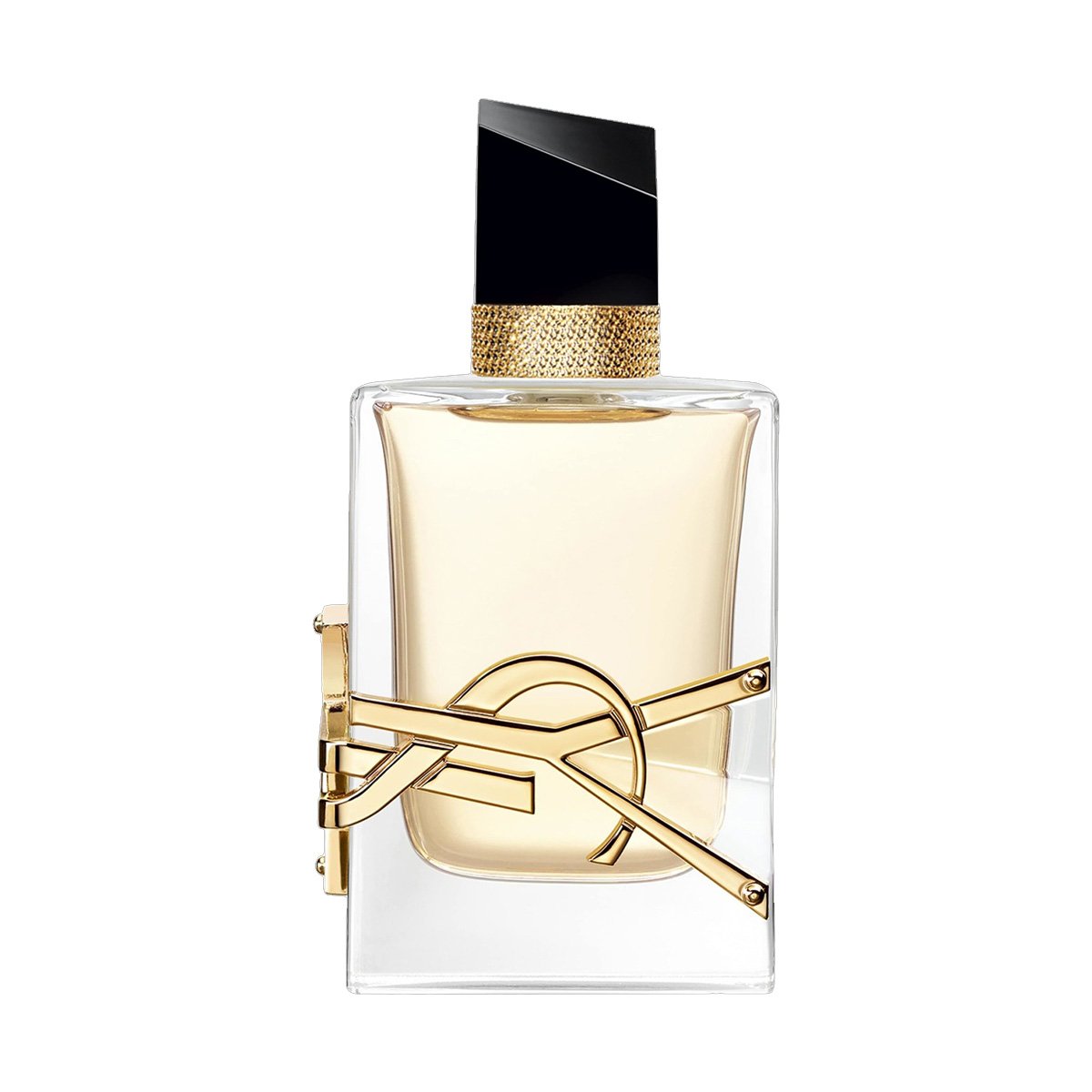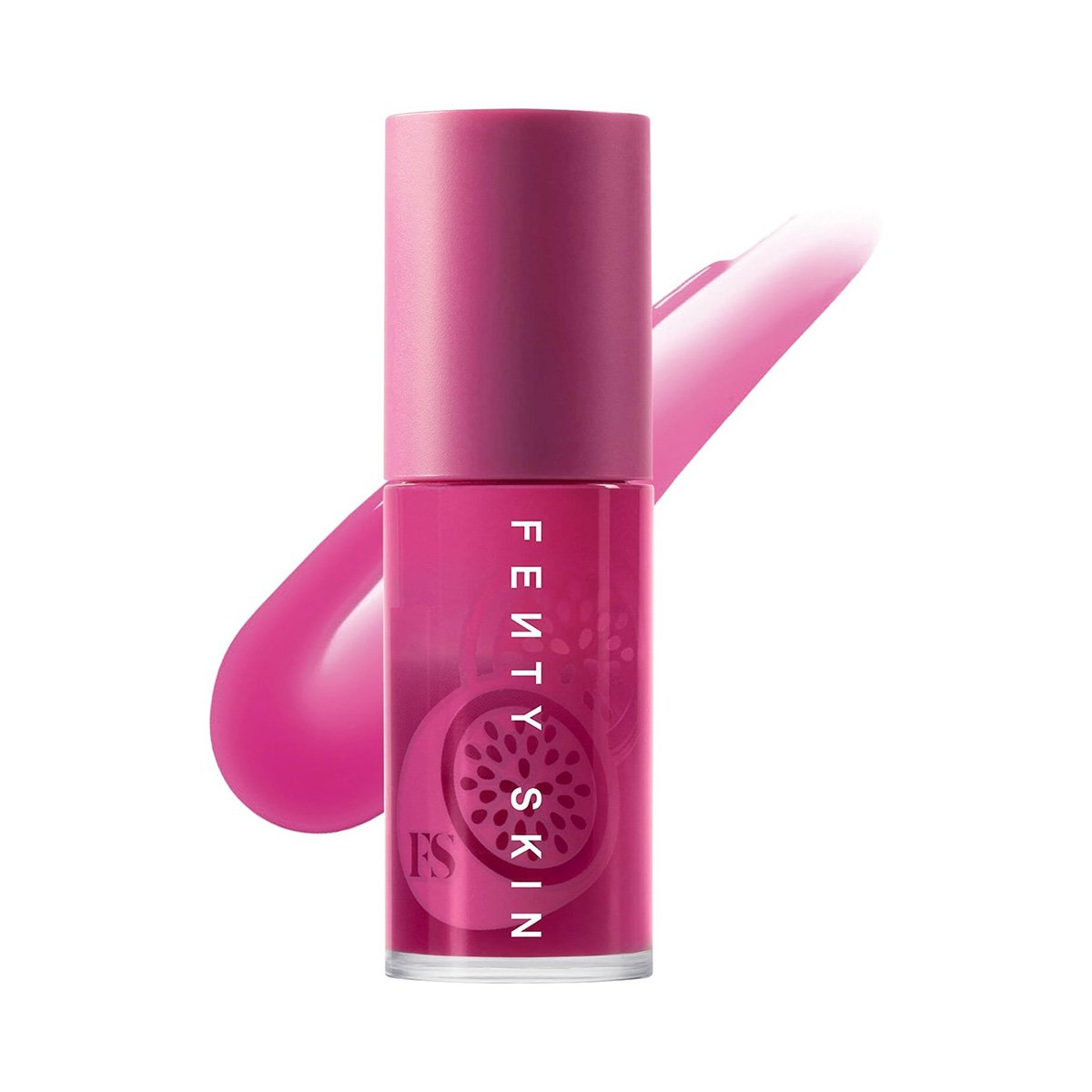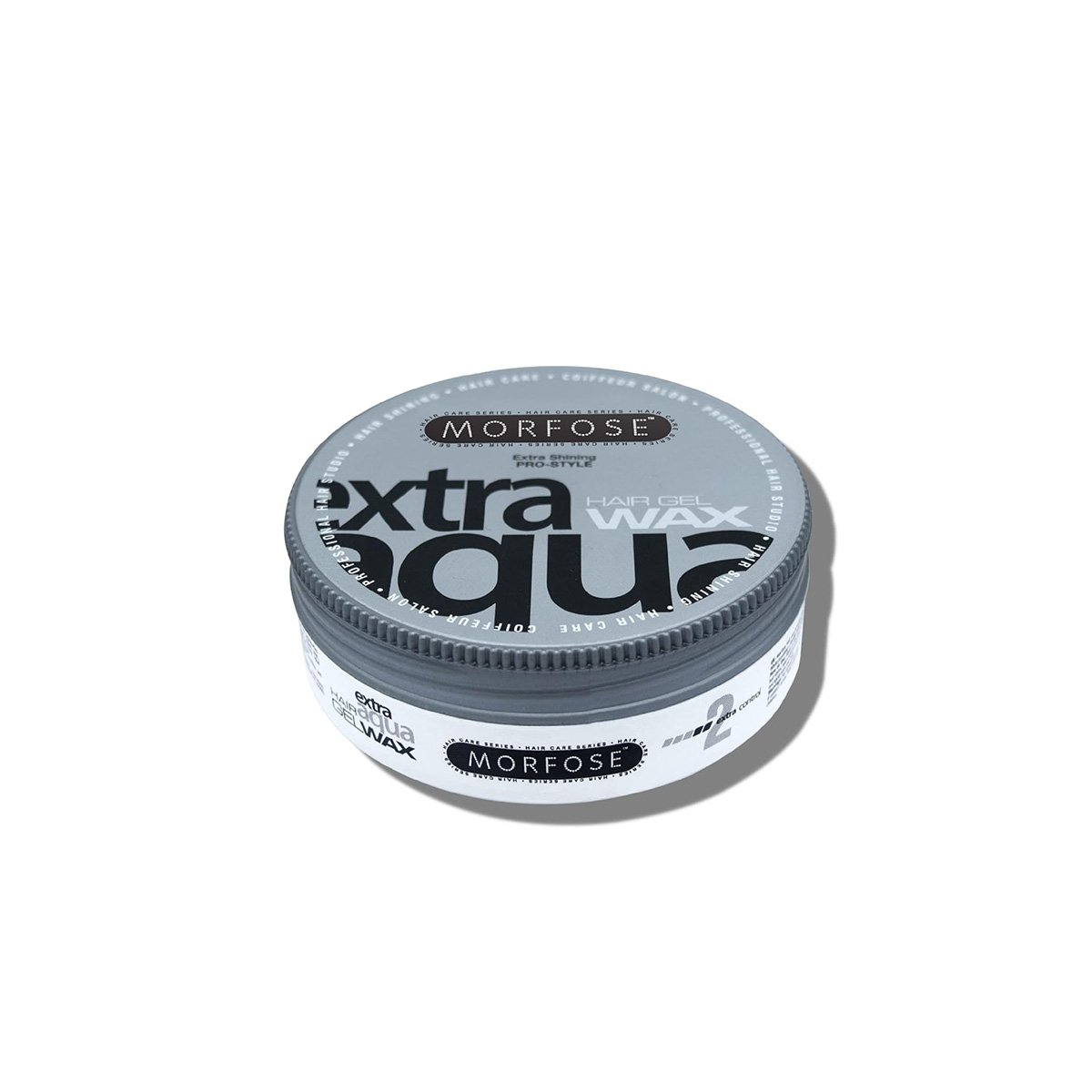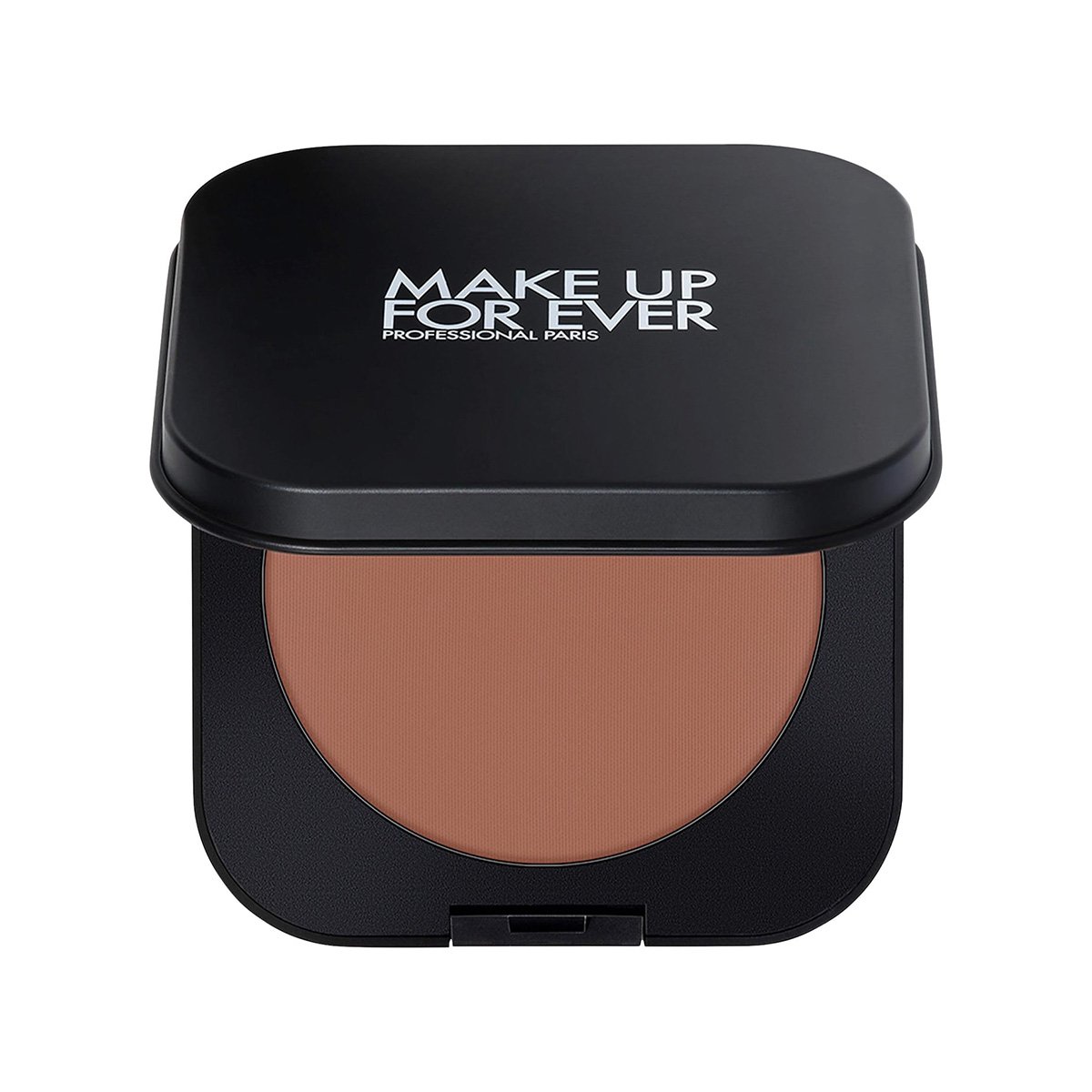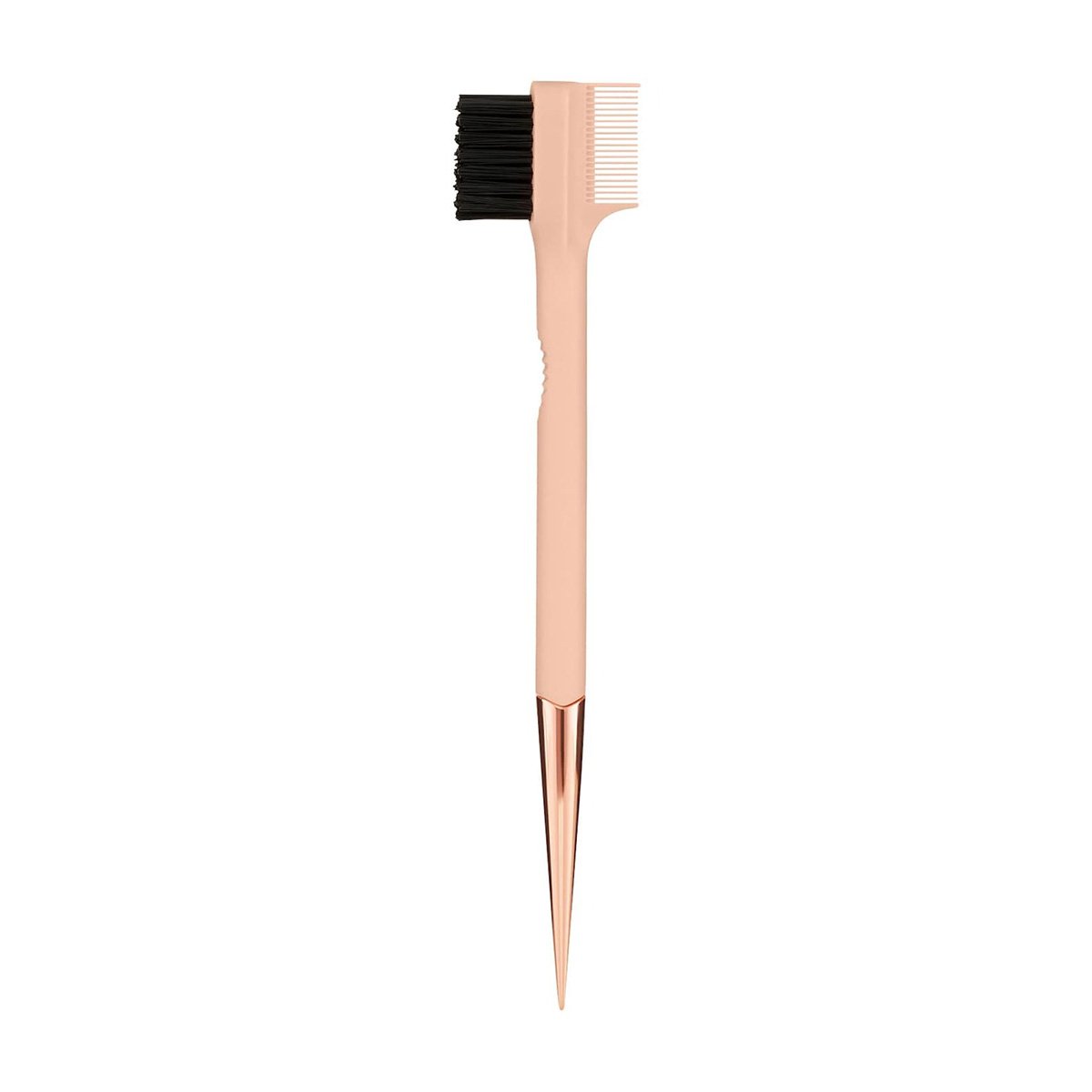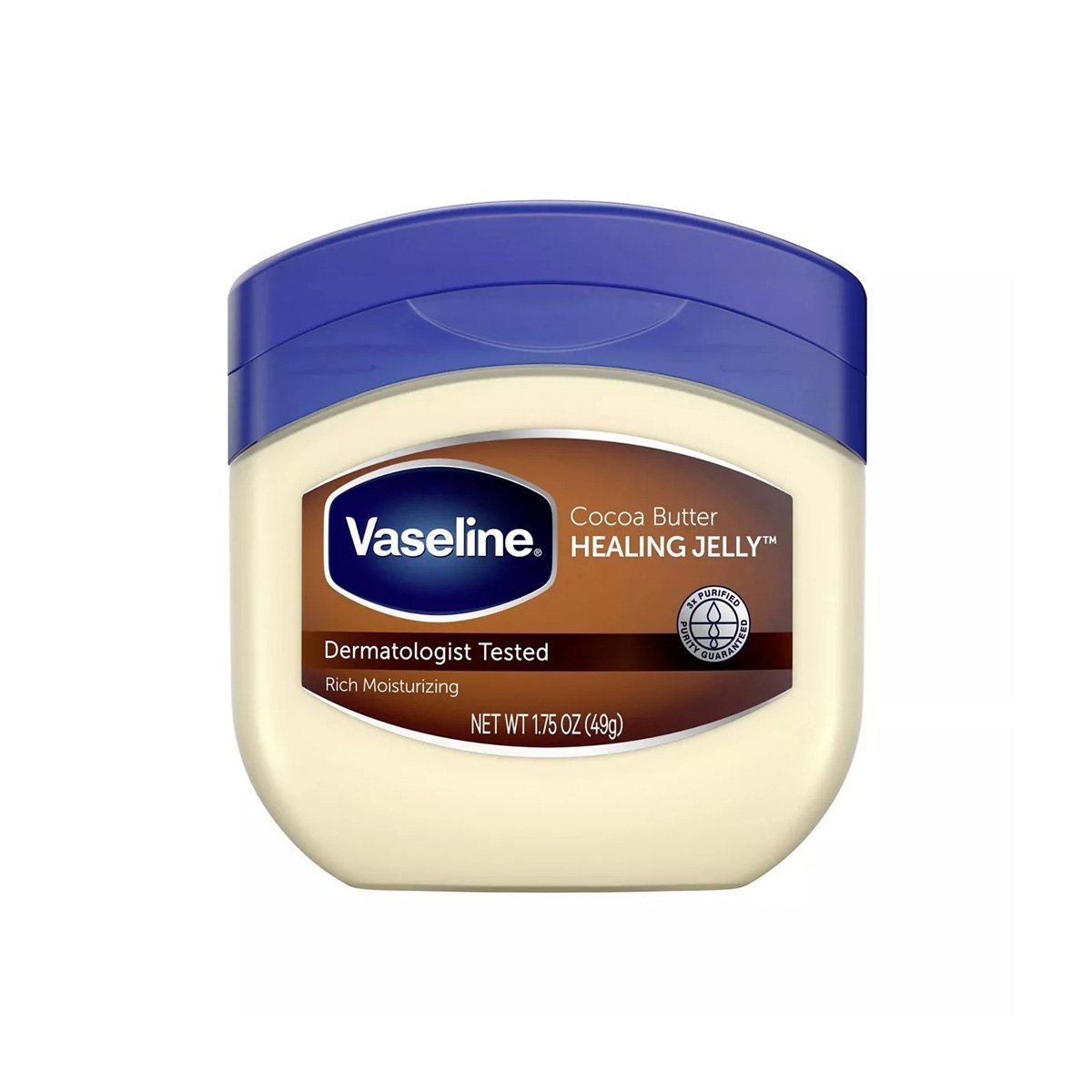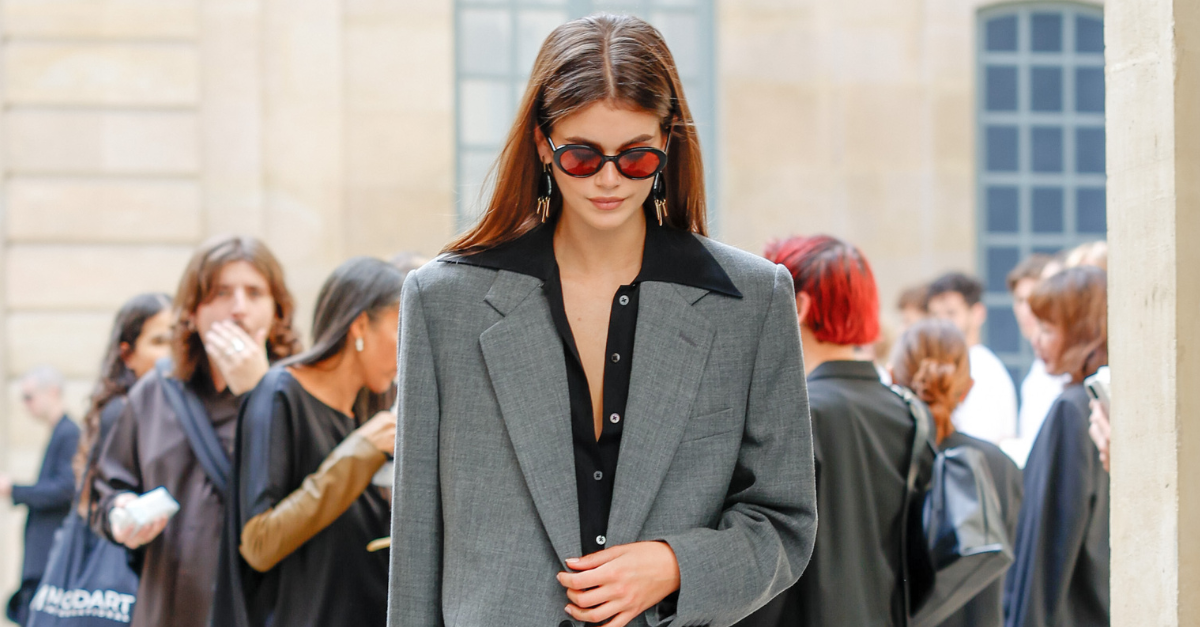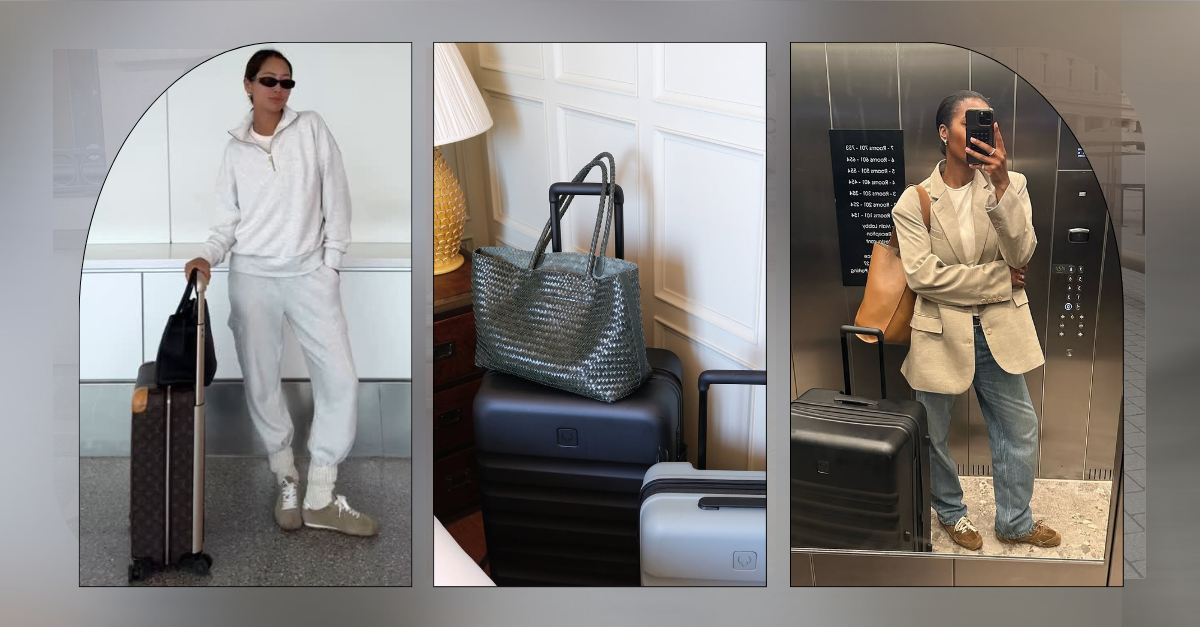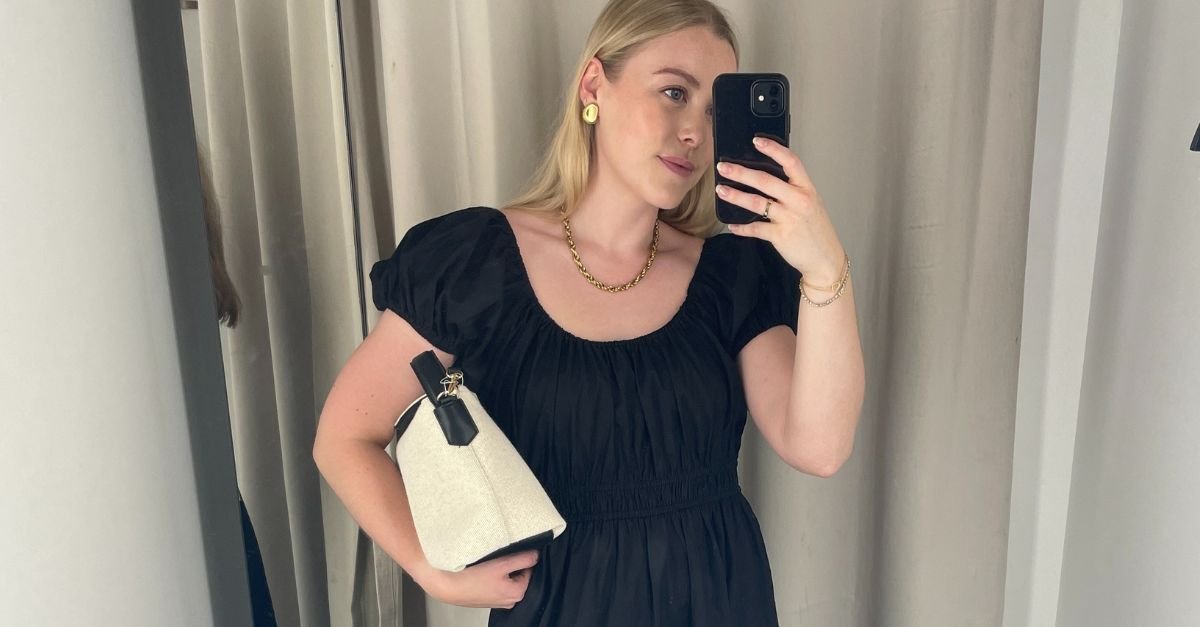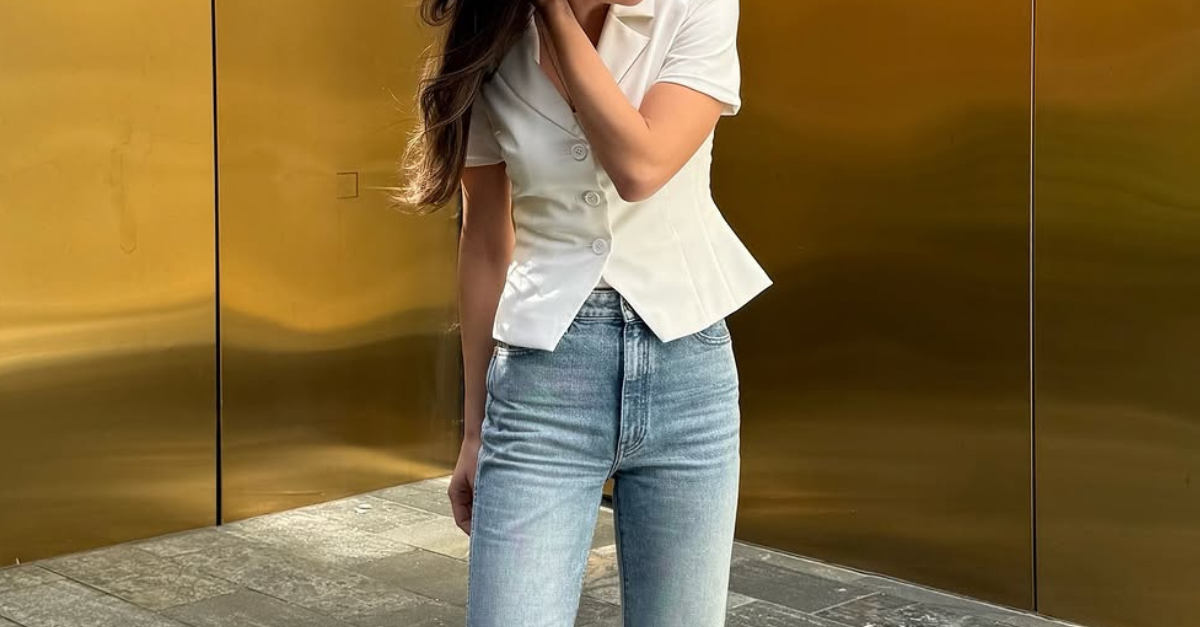Welcome to En Pointe, a quarterly series that offers a deep dive into the intersection of beauty and dance through the eyes of up-and-coming, multidisciplinary dance talent. Expect an intimate look into the daily lives, dreams, and dance-bag beauty essentials of the industry’s best young performers.
Ingrid Silva, still clad in her dance rehearsal gear as she stepped out of a New York dance studio, slipped away to a quiet hallway to take my video call. The first few minutes of our chat were dedicated to making introductions as she unraveled her updo with one hand and balanced the phone with another, unleashing a waterfall of braids over her shoulders. Her hair looked like mine: a neat protective style that was easy to manage, ideal for activity, and miles away from the distinctive ballet buns and French twists of my youth. It was the first time I had the opportunity to acknowledge a dancer with hair like mine face to face, and I replayed the interaction for days afterwards.
For the next hour, I asked Silva everything I wanted to know about her journey from Rio de Janeiro to New York City, activism in the ballet world, and her relationship with her beauty and body as she continues to perform. Keep reading for a closer look at the career of one of the Dance Theatre of Harlem’s most recognizable faces and most talented dancers to date. This one is for all the dancers and beauty enthusiasts who know a thing or two about loving themselves through thick and thin.
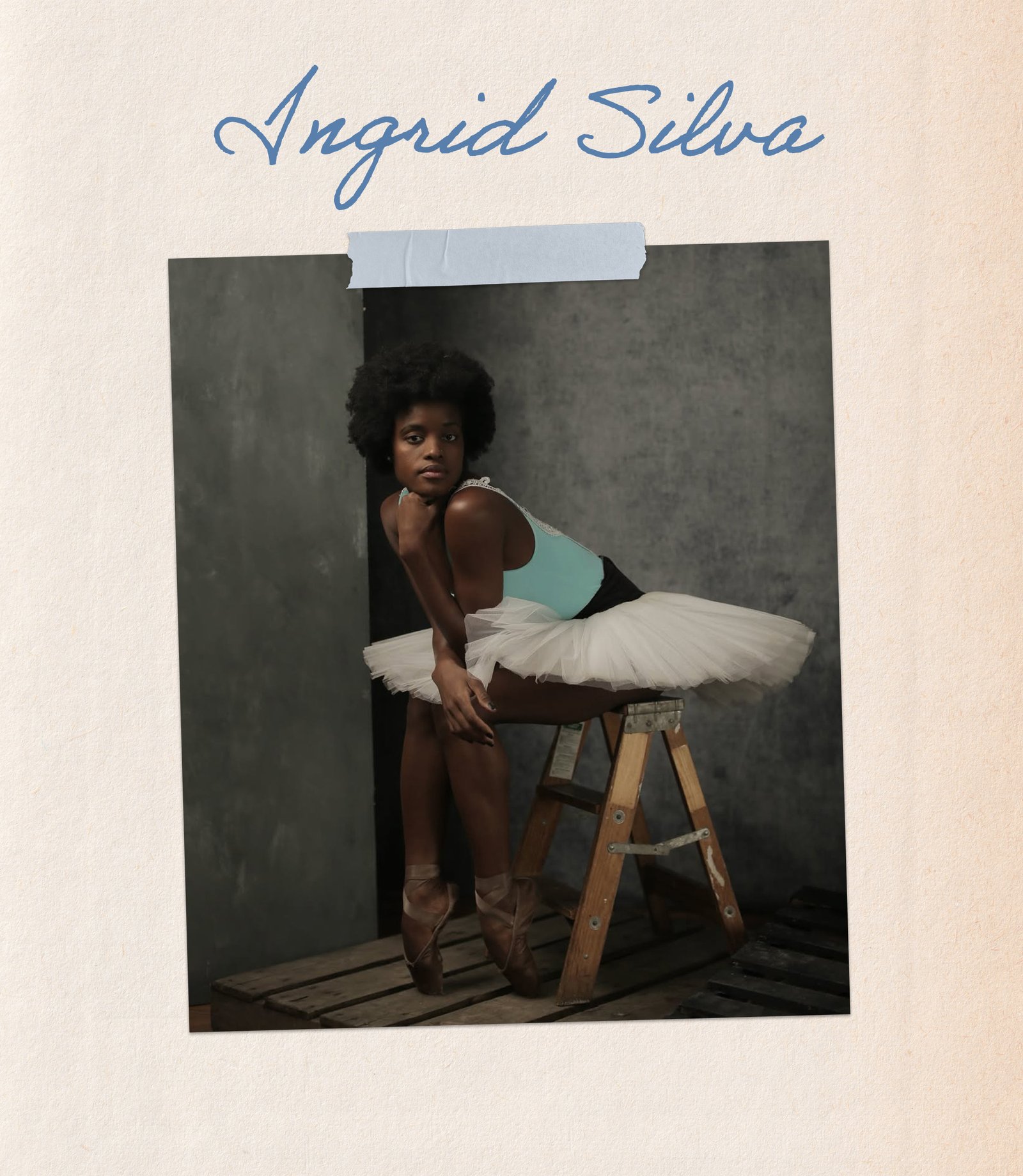
Meet Ingrid Silva: Contemporary Ballet Dancer and Activist
Silva, who hails from Rio de Janeiro, Brazil, has established herself within the dance world as a powerhouse performer and activist for diversity and inclusion. Her impressive career with the Dance Theatre of Harlem may be where most of her followers first met her, but Silva’s career started long before she stepped foot in the bustling streets of New York City. In fact, it began just minutes from her home at Dançando Para Não Dançar, a social project in the Mangueira slum, at eight years old with her brother. “I didn’t start dancing to make it into a career, I just liked to move. At Dançando Para Não Dançar, I was taught by and danced with people from my community,” she says. A few years later, Silva was encouraged by a teacher to fuel her natural talents and sharpen her technique with ballet training.
This came as news to Silva, as until then, she hadn’t considered a ballet career to be a feasible goal. With little to no exposure to dancers that resembled her, a teenage Silva began dancing at the esteemed Escola de Dança Maria Olenewa and Centro de Movimento Debora Colker on a full scholarship. While she was in the company of her brother and a few other Afro Brazilian ballet trainees, Silva couldn’t ignore the school’s disheartening lack of diversity. “It’s where I became a ballet dancer and learned more about what I could do, but there was no one that looked like me or I could see myself in,” explains Silva. “There’s a common misconception [in the U.S.] that Brazil is diverse everywhere, which isn’t true … especially not for ballet companies.”
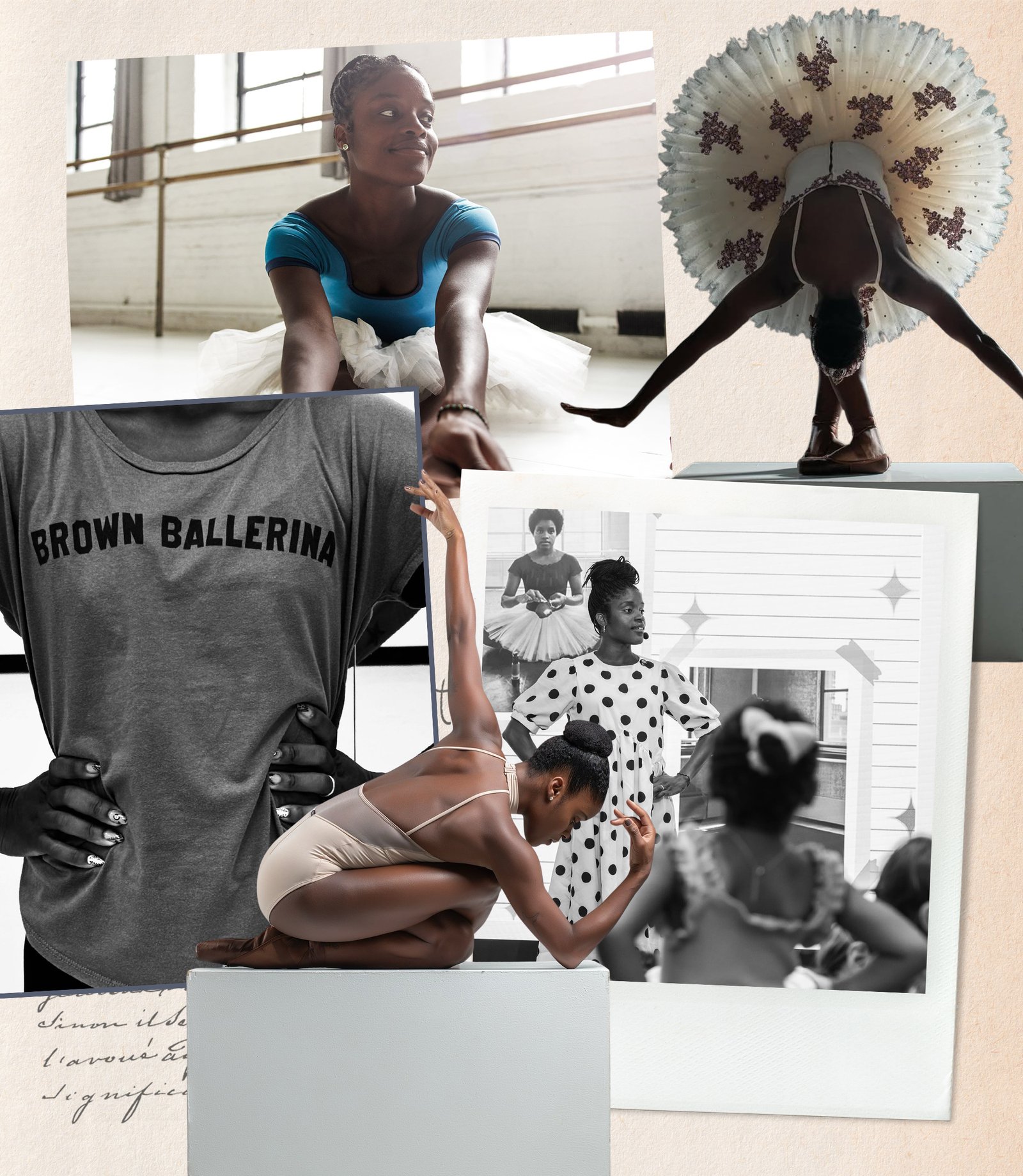
When people would ask me when I was little if I wanted to be a ballerina, I was like, ‘I don’t think so. I watch it, but don’t see anyone on stage that looks like me. I see a ballerina, but she’s not me.’
At 18 years old, she auditioned for the Dance Theater of Harlem’s summer intensive, and, once accepted, boarded her first flight to New York City. Silva was drawn to the dance company because it celebrated dancers of Black descent in a way she had never had the opportunity to experience in Brazil. “There weren’t many opportunities for Black dancers in Brazil, and I wanted to be somewhere that would let me grow,” she says. Silva embarked on her professional career with the Dance Theatre of Harlem in 2013 under the tutelage of ballet dancer, choreographer, and founder Arthur Mitchell, as well as Virginia Johnson. Silva is currently in her seventh year with the company and has enjoyed learning to grow as both a dancer and an activist for inclusion in the ballet world, as disparities in the dance industry continue to pose challenges.
The Balancing Act
When Silva became a professional dancer with the DTH, she also discovered another side of herself, one that loved to share bits and pieces of her life online. Since Silva made her first post on Instagram after landing in New York City, she has earned a cumulative following of nearly 678,000 followers across social media platforms and become the subject of several dance documentaries. While she uses her platform to frequently share lighthearted moments in the studio and on stage, Silva is no stranger to challenging the Eurocentric perceptions of the ballet world. “I grew up without people who looked like me on stage, but I’m lucky to have had people to support me as I worked towards this career. The idea that ballet is only for one type of person is limiting,” she says.
Without a doubt, one of her most frequently discussed topics is the lack of diverse shades in pointe shoes, and the fact that several well-known ballet companies and schools still enforce pink tights and shoes as a uniform requirement. Due to the glaringly limited amount of pointe shoe shade offerings, dancers of deeper skin tones are often required to pancake them (the act of altering the color of their shoes to match the skin tone for elongated lines). The Dance Theatre of Harlem was one of the first companies to encourage their dancers to wear tights and shoes that matched their skin tone, departing from the widely accepted “ballerina pink.” Silva arrived wearing pink tights and shoes on her first day, per her previous training, but was strongly encouraged to differ from her natural shade.
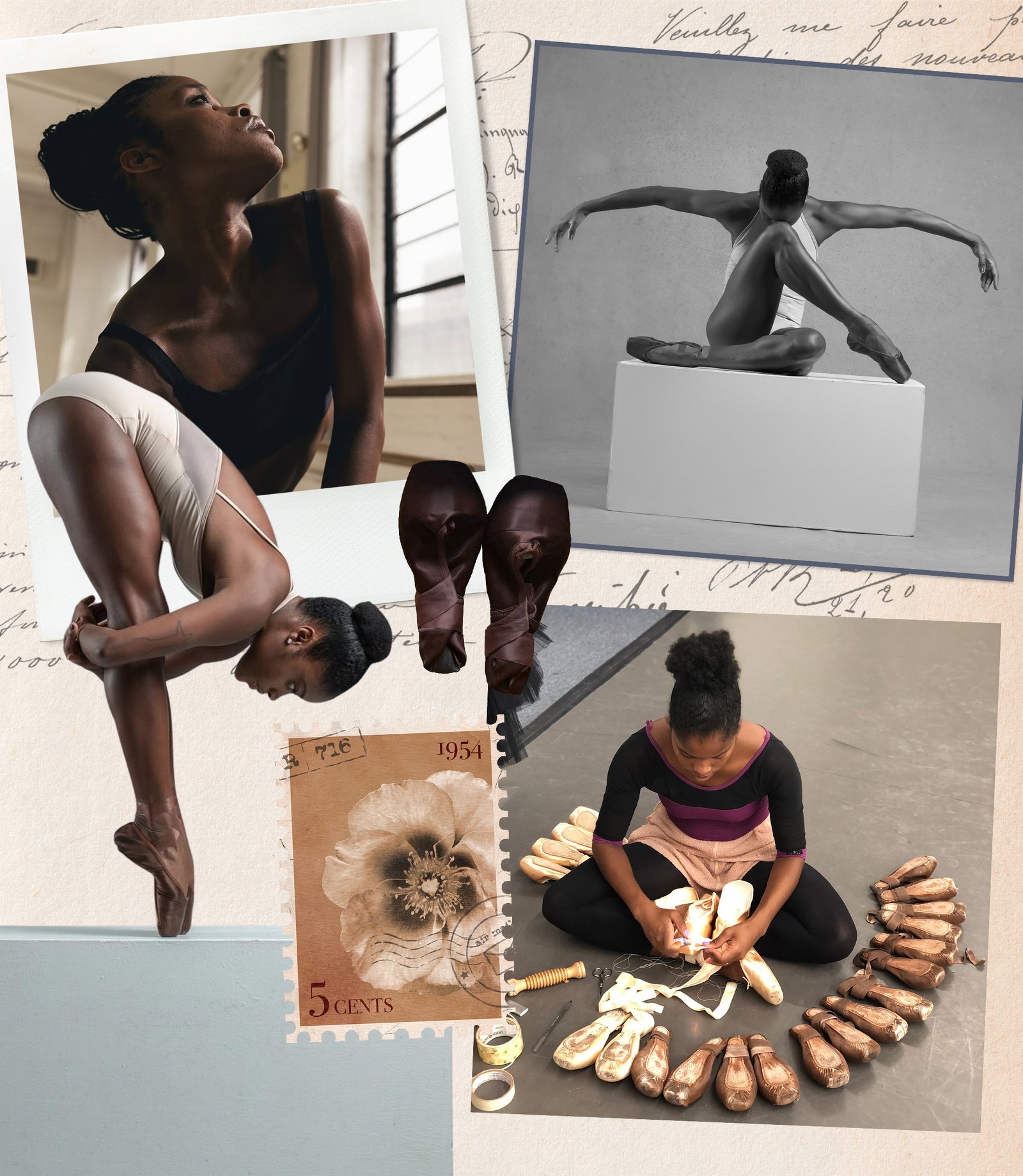
I’m very happy I had my village and could get back to dancing. This space is for [mothers] too! We can come back even better than we left.
“I felt so much better about the way my lines looked after starting to wear my brown tights and shoes. We have to look at ourselves in the mirror for hours, and being required to wear the wrong shade of things because my color isn’t included is unfair,” she says. This experience inspired Silva to found her own pointe shoe company and continue to question a number of the ballet world’s accepted practices. Another turning point for Silva? When she decided to dance through her pregnancy in 2020. Historically, female dancers have been discouraged from continuing their careers during and after pregnancy. “My body changed a lot when I was pregnant—my center of gravity wasn’t the same. I kept dancing all the way up until my final month, and then, after having [my daughter] Laura, decided to train my body so that I could go back to work. It was hard,” Silva shares.
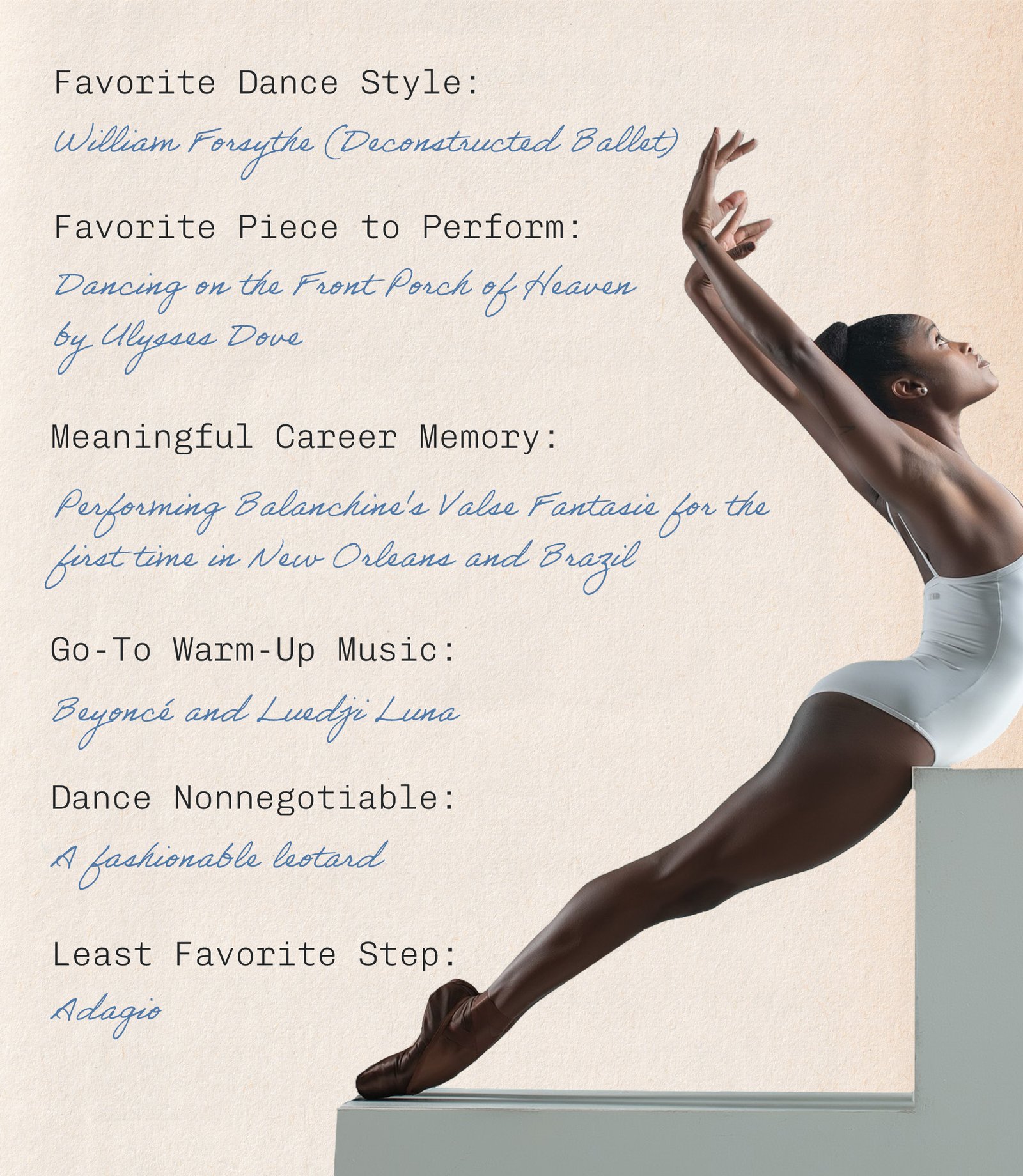
Following a short maternity leave, Silva took to the stage again, and since DTH is a touring company, she started traveling almost immediately. She learned that balancing parenthood with her career was tricky, but she is grateful to have been allowed to pursue what she loves while building a family. She now shares an admiration for ballet with her daughter, as the now five-year-old Laura currently dances at the company’s school. “My body is different than it was before my pregnancy, but I like it. Who says I have to stop dancing in my 30s? I’ll be dancing in my 60s,” she says. It’s good news for my fellow ballet enthusiasts, as we all can’t imagine the stage without her unparalleled energy.
Ballet Beauty The “Silva” Way
Remember when I mentioned how flawlessly Silva took her post-rehearsal braided hair out of its bun? Well, she’s been wearing her hair naturally throughout her career, and this year, Silva is spending her time in braids. “Putting your hair in a bun all the time causes a lot of breakage. I like wearing my hair in braids because, when it’s done right, there’s less tension and [it] protects my hair,” she explains, running her fingers through her knotless braids. Taking her hair down from the pulled-back styles that are widely required in the studio and on stage helps combat damage and gives her strands a break from depending on gels, hair sprays, and other styling aids.
Texturism in the ballet world is also a challenge many dancers of color face as they embark on their careers, as the most “traditional” classical ballet hairstyle worn on and off stage (the ballet bun) requires hair to be slicked back and pulled into a tight, clean twist at the crown of the head. It immediately elongates the neck and prevents loose strands and pesky flyaways from shaking loose while the dancer moves with the help of a few spritzes of hair spray, pins, and more.
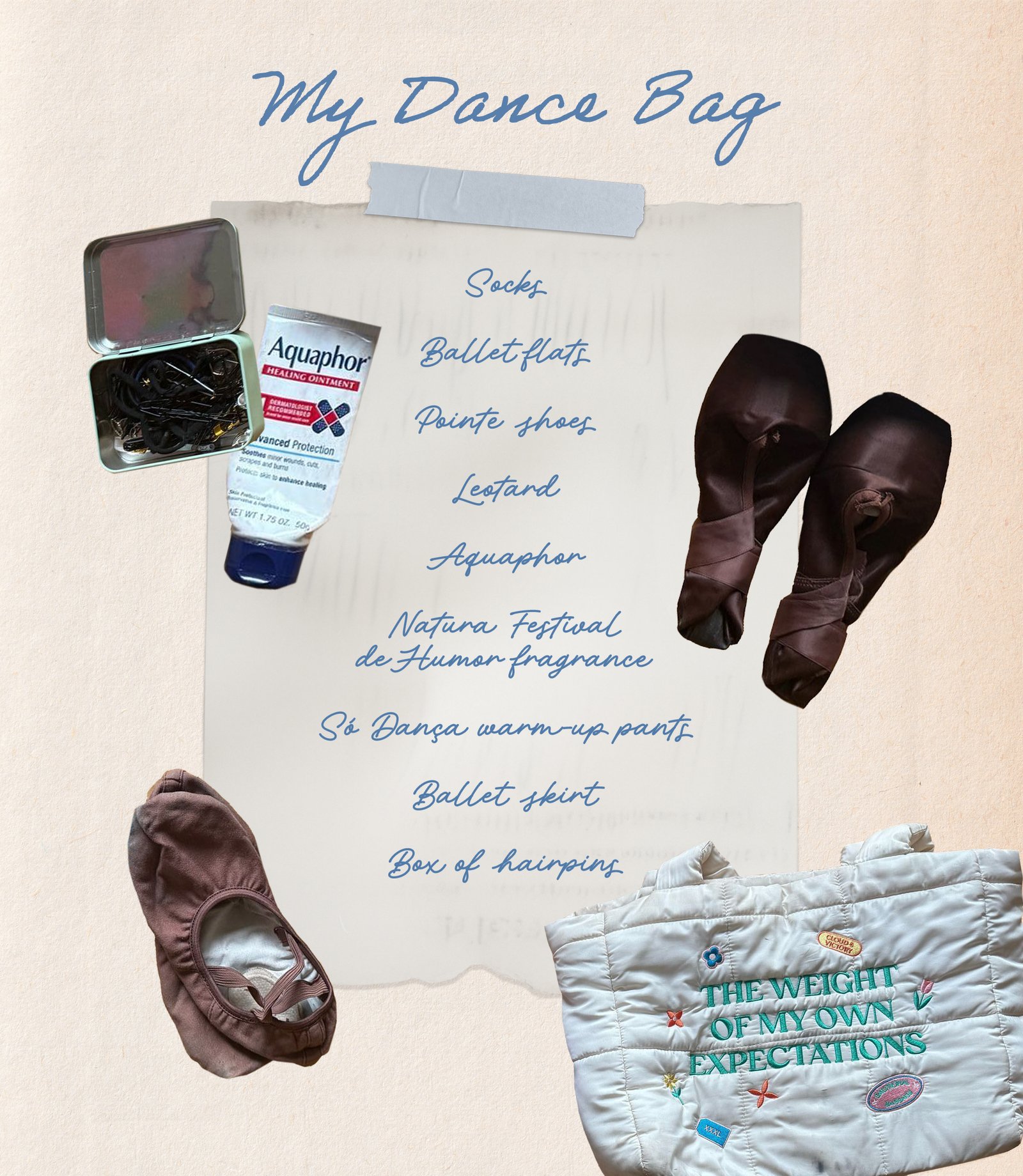
(Image credit: Courtesy of Ingrid Silva)
For individuals with tight coils and shrinkage like myself, coaxing my hair into a bun was a challenge that takes nearly 30 minutes to accomplish when done correctly. It also spells disaster for hair that is particularly prone to breakage. Silva’s Senegalese hair braider takes extra care to protect her edges (the fine, short hairs along the hairline) from tension and friction. That said, she also takes some preventative steps to help her protective style last while preventing her coils from damage. One of them is using Cécred’s Restoring Hair & Edge Drops ($56), massaging it into the sections before putting on her bonnet every night. She also tries to leave an inch of space between the roots and her braids.
When it comes to skincare, like many dancers dealing with the effects of sweating under stage makeup, Silva can attest to having experienced acne as a young ballet dancer. That said, she got it under control by keeping a balanced diet. “I think that what you eat is what you become, so if what you’re eating is not healthy for you, it may show on your face,” she says. She also keeps her skin healthy by frequently washing her face and avoiding touching it with the same hands she touches her dance partners with all day. Silva also prioritizes a well-rounded skincare routine, including a revitalizing mask and sunscreen (her go-to Brazilian brand for all this body and skincare is Natura). She also loves using her Fenty Beauty Treatz Lip Oil ($24) for hydration and shine as she moves between classes, rehearsals, and performances. Wondering what else she uses? Keep scrolling to discover the rest of her beauty must-haves.
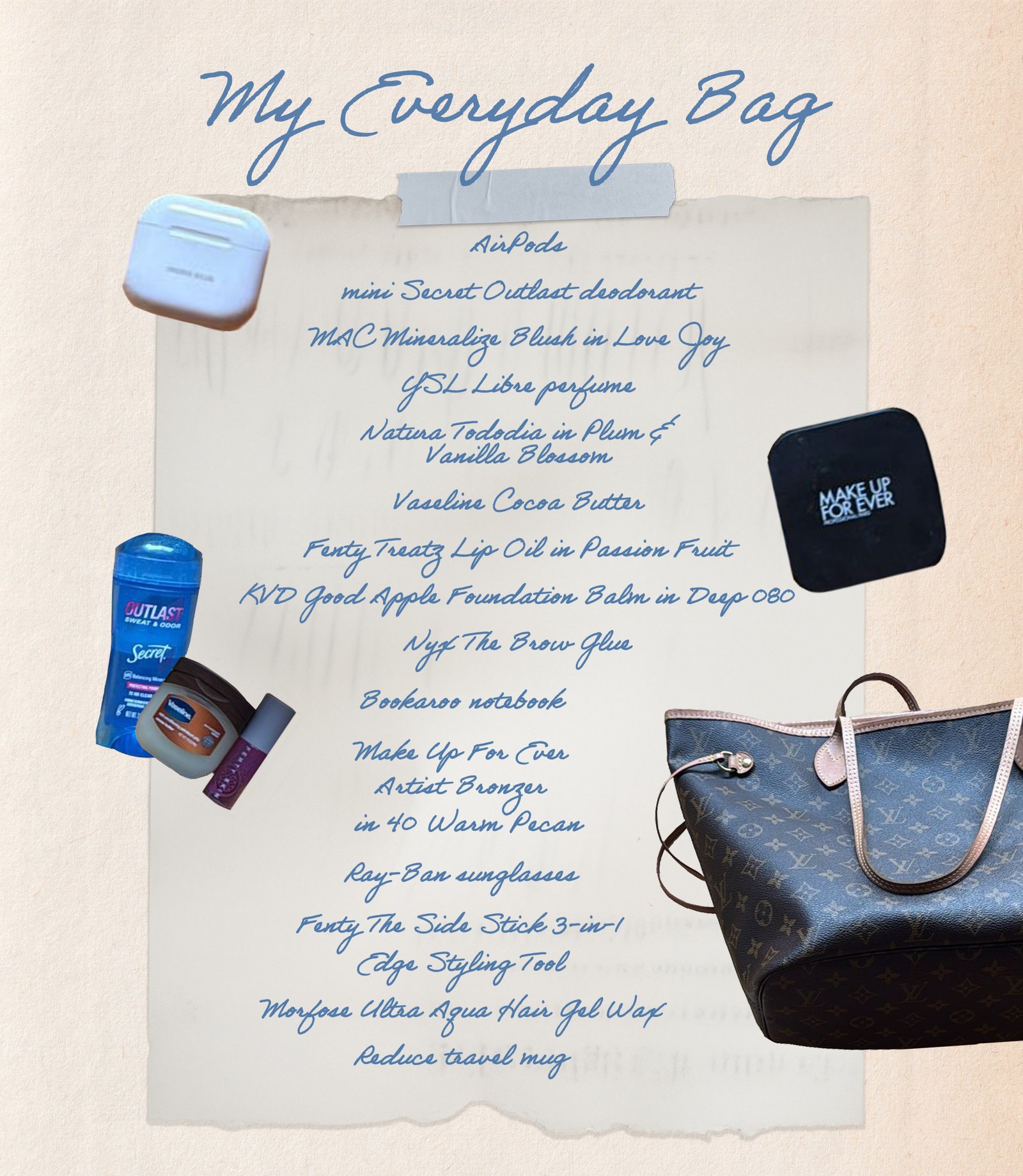
(Image credit: Courtesy of Ingrid Silva)
Shop Silva’s Beauty Edit
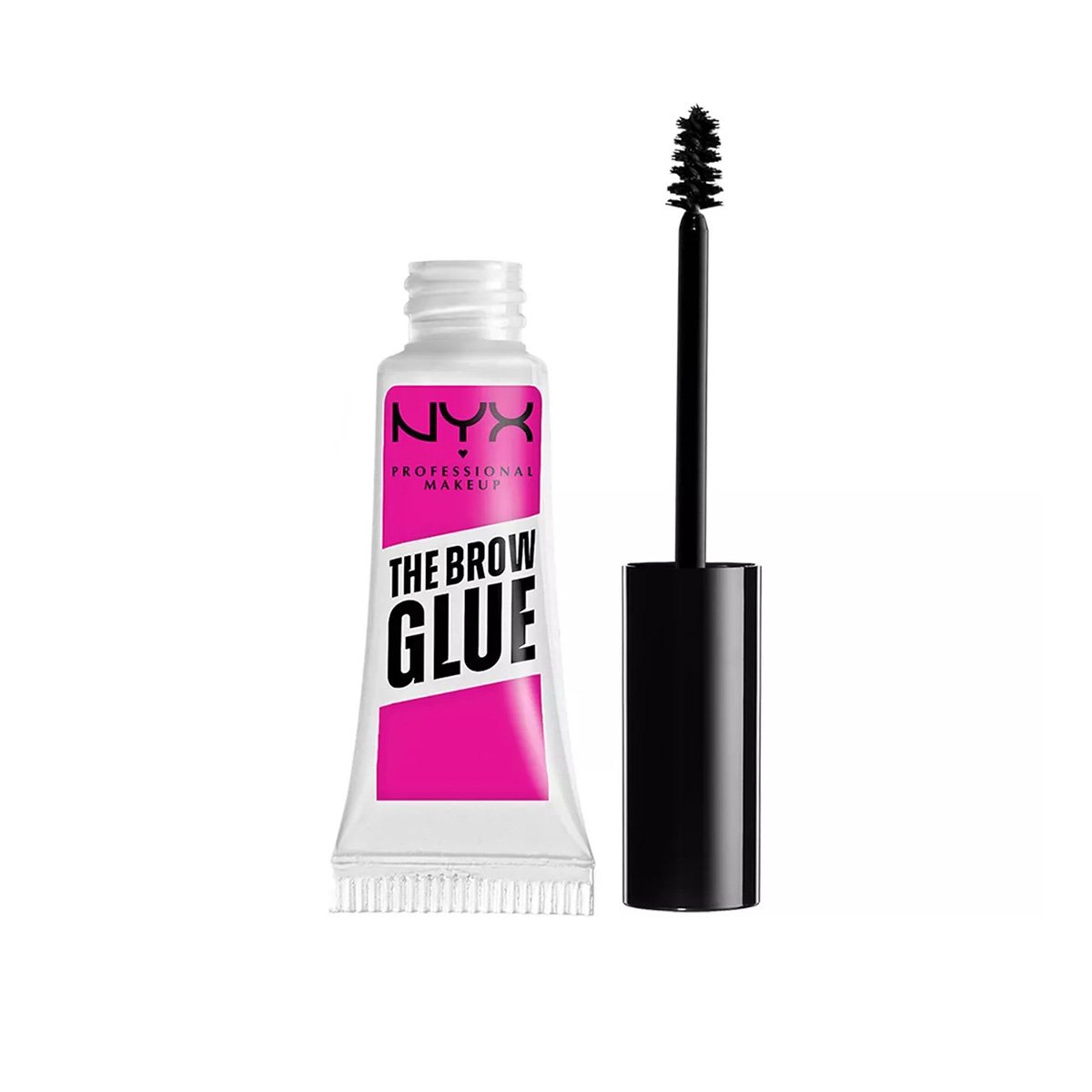
NYX Professional Makeup
The Brow Glue in Clear
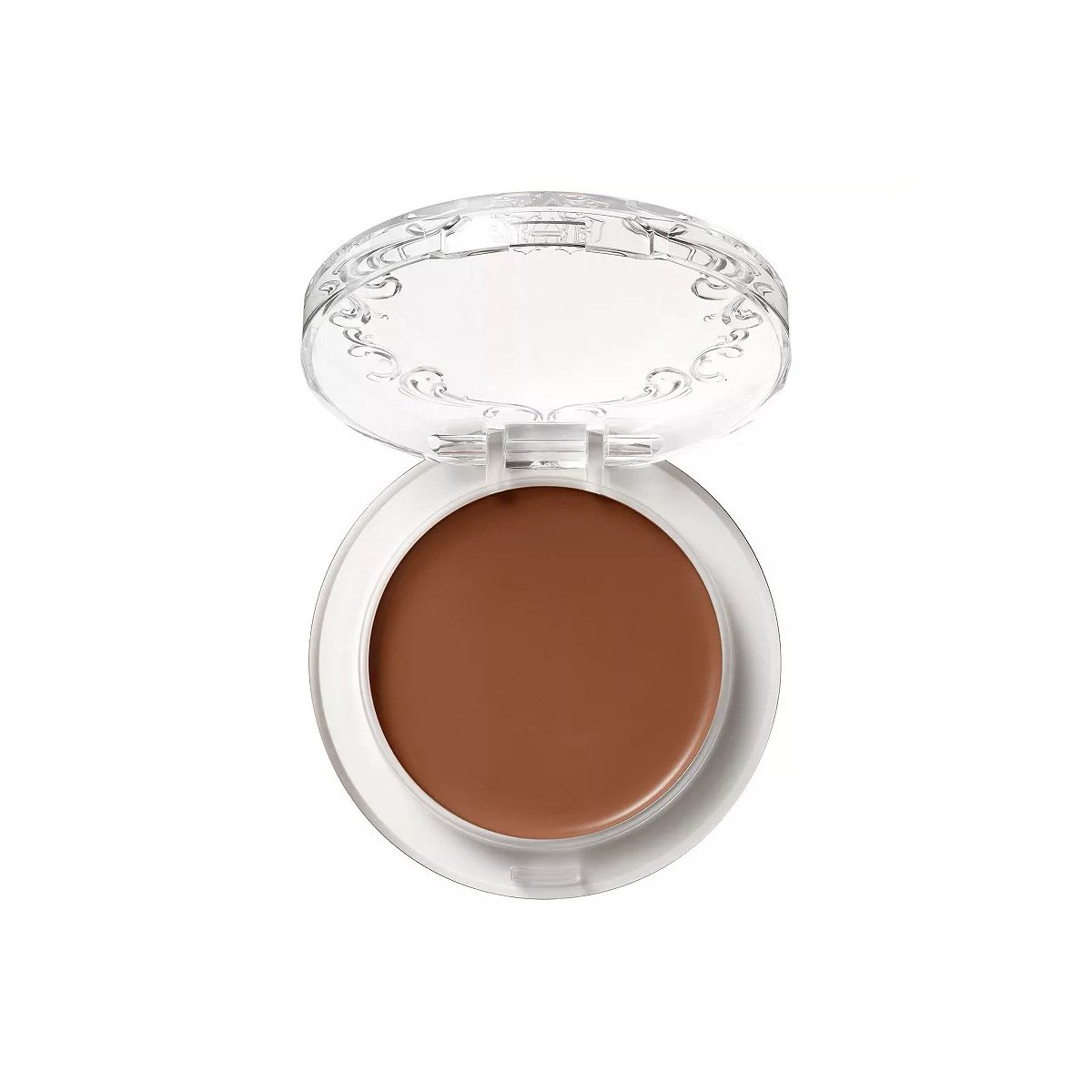
KVD Beauty
Good Apple Skin-Perfecting Hydrating Foundation Balm


